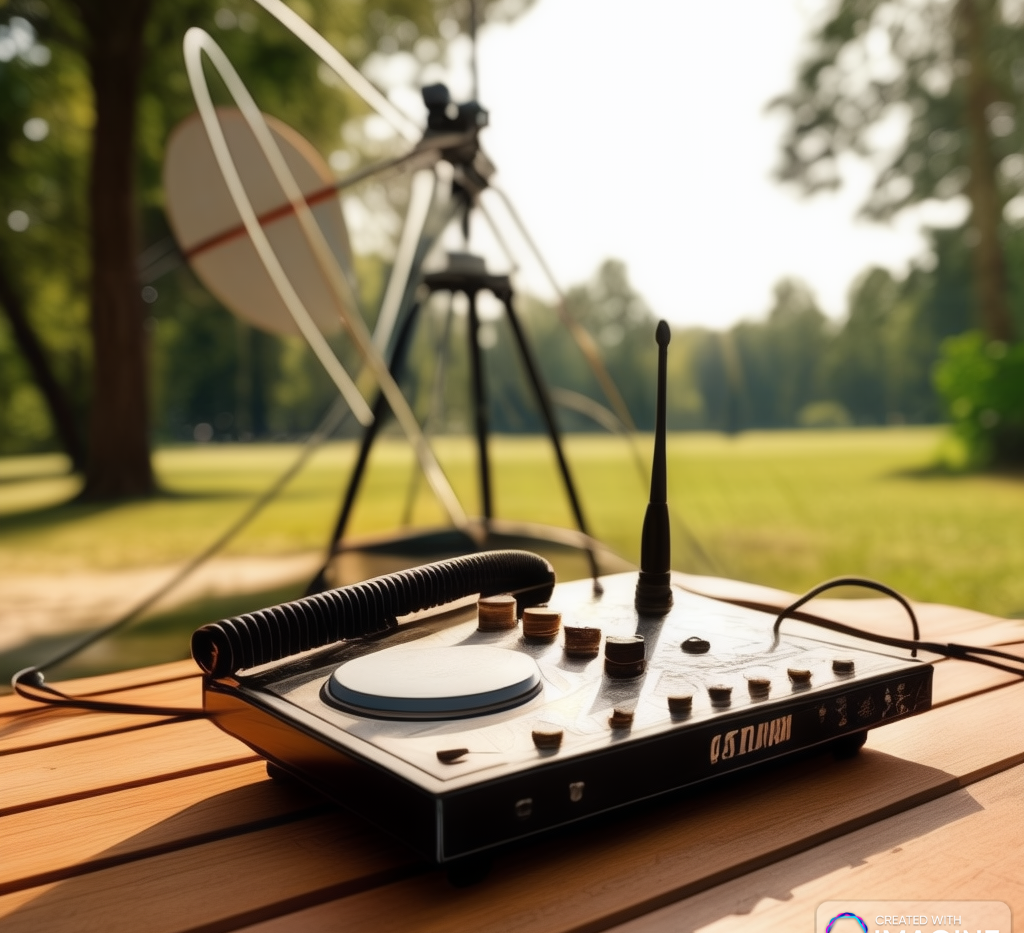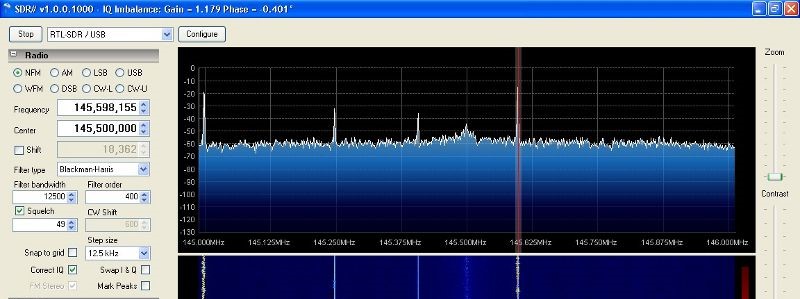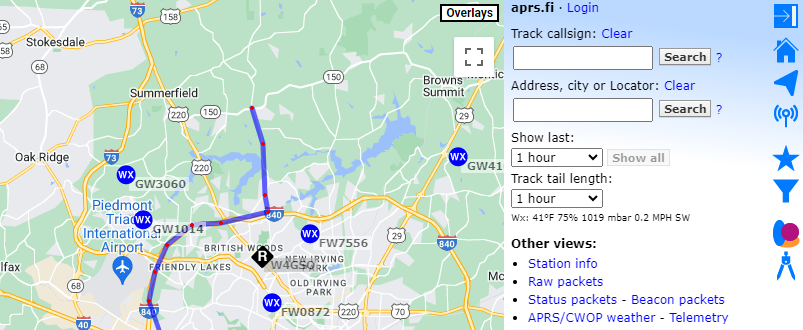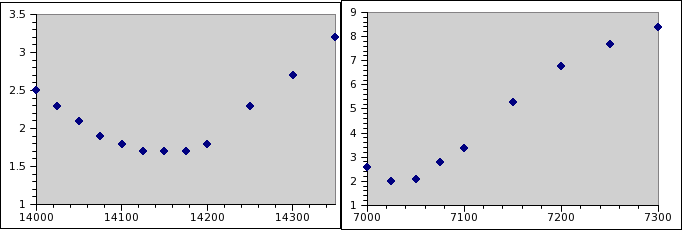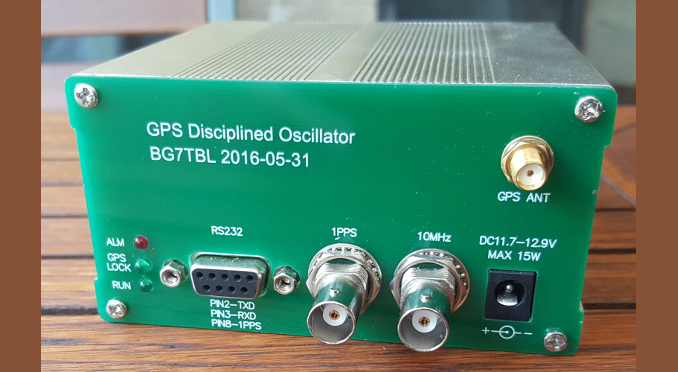A couple of Considerations for New Hams Pt2
- This topic has 1 reply, 2 voices, and was last updated 7 years, 6 months ago by
 W4US.
W4US.
-
AuthorPosts
-
-
April 23, 2016 at 9:44 pm #1283
Chris
ParticipantAnd now Part 2.
Let’s consider the second piece of the example – feedline. Hmmm…. sounds like a good name for a newsletter.
The whole point of assembling your station is to hear and talk to the many other amateur stations on the air. Your radio may be modest, your antenna may also be modest, but why handicap what you do have. Within the context here, I’m referring to coaxial feedline. There are a few caveats associated with bargain ladder line, but these are less intrusive into station effectiveness.
Coax types range in size, construction, design, materials and impedance. I’ll focus on regular 50 Ohm coax used by most hams. This is not going to be a technical review of coax – books have been written about it and frankly, I’m not any kind of technical wiz on the many and varied aspects of coaxial cable. Most of what I’m relaying is common sense in proportion to its use.
I want to address the common moniker “Type”. In a sense all coax is some sort of “Type”. Those RG prefixes are left over from WWII. Companies like Belden have used these for decades to designate a product category. Anyone can use the RG prefix – it’s not a trademark. What’s important is how that “Type” is made and what it is made of. A 500 foot spool marked RG-8 from company A can be wildly different from another 500 foot spool marked RG-8 from company B. And for companies not under the regulatory auspices of the US, it can be almost anything. This is not some anti-Chinese rant. Many well known and respected wire/cable makers have their stuff made in China. It’s just a fact of life these days.
Other designators like 9913, 8213 or LMR-400 are trade marked company part numbers. A company selling 9913 “Type” or LMR-400 “Type” is not selling the same product as Belden or Times Microwave. They are selling (and let’s be brutally honest) a knock-off. Think $25 Rolex. Is it really that bad? No, not in all cases and I’m NOT proclaiming that all “intermediate” brands of coax are junk. But a good portion of it is.
Let’s consider 9913 for a moment. This is a lower loss coax using an air dielectric and a solid center conductor. It’s tough to handle due to it’s lack of flexibility. Making this coax properly and with the right materials is a little more difficult than coax with a solid insulator. Spacers are used throughout the length of the coax to maintain the correct distance between the center conductor and shield. This is essential to regulating the impedance of the cable. The type of material used for the spacers is also important. So, the price of 9913 reflects this. It’s fairly expensive cable – as high as $1.85 per foot. And yes, you are paying a little for the Belden name. But the Belden name does have value if you have been around a while. For new hams, it’s probably meaningless and I understand that. Belden is but one of many brand names a new ham will encounter. He/She will have no clue who the companies are and what to expect. That’s not unexpected – no more so than a new woodworking hobbyist who has no idea what tools, bits, clamps,etc are good. Ask when you don’t know and don’t ask another new ham who read something on the internet. There are far too many Google PhDs out there spreading misinformation. The internet is a wonderful thing, but truth on the internet is often what gets repeated the most times in the most places. The point is if someone is selling 9913 “Type” coax for 75 cents a foot, do you really think they know how to make it that much cheaper with the same quality of materials and the same overall product consistency? This applies for all the various versions of LMR “Types” that are sold also.
In some cases, “Type” may only mean that it’s a black and round cable. Datasheets provided by the vendors of this coax are nearly worthless as almost all stipulate, in small print, that specifications can change without notice. Which means it may have never met those specifications and probably never will. Similar wording can be found on reputable manufacturer’s datasheets, but who would trust? Now, we can all justify to ourselves almost anything. A common refrain is that “I don’t really need top notch coax for my simple station”. I won’t argue with that or make a case against your perceived value assessment. Time and experience will usually alter that if you stay in ham radio long enough. If you’re being honest with yourself, you don’t really need a ham station either. Again, there are so many things that can be wrong with cheap coax and it can easily rob you of several dB of transmit signal and an equal amount on receive. Just because you used it and it “works” does not mean it’s right.
Jacket, insulator, shield and center conductor materials all effect both the impedance, performance and service life of coax. Substandard materials used for the jacket may cause it to degrade and allow moisture ingress. This moisture will migrate over time into the center conductor insulator and cause further degradation.
Simple low quality manufacturing techniques can result in a non-concentric center conductor. This will affect impedance and if the error is extreme enough it may eventually make contact with the shield. Most coax is used outdoors where it’s subjected to weather and UV effects. Check the resources at Belden or TM concerning jacket quality and ratings. You want to bury your coax? Be very wary of cheap direct burial coax – there is just no such thing.
OK, that’s enough. I’ve wagged my finger at you probably too long. It’s up to you to decide what has value in your own station and what you ultimately want to get from it. Please consider the magnitude of the effects of cheap power supplies and poor feedlines. If it seems it’s all about money, to some degree it is. I can’t afford one of the $6000 – $12000 radios. I can’t afford a 70 foot foldover tower with a Steppir Monster perched on it. I probably can’t afford the appropriate rotator/control box for such an arrangement. But despite what radio and antenna I have, I will make the necessary adjustments to ensure that I have a quality power supply and good feedline for it. It makes no sense to cheat myself in that regard.
There was an old adage in the 1970s and 1980s in data processing (before it was call I.T.) “No one ever got fired for buying IBM”. Well, brands like Astron, Belden and Times Microwave might well fit into that category. Just saying…
I hope I haven’t stepped on any toes too harshly. As I said, all this is just my opinion based on my own experiences and my belief systems which do not readily accept the premise of “It’s good enough”. There is always room for improvement and it doesn’t always cost an arm and a leg. YMMV Oh, and eat your vegetables.
You younger folks – use sunscreen. -
October 10, 2016 at 12:53 pm #1386
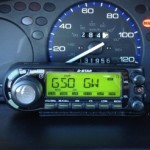 W4USParticipant
W4USParticipantIn my short history in the hobby, bad coax and a noisy power supply have been my two main sources of issues (not including operator error like the tuner I let the smoke out of lol)
-
-
AuthorPosts
- You must be logged in to reply to this topic.

